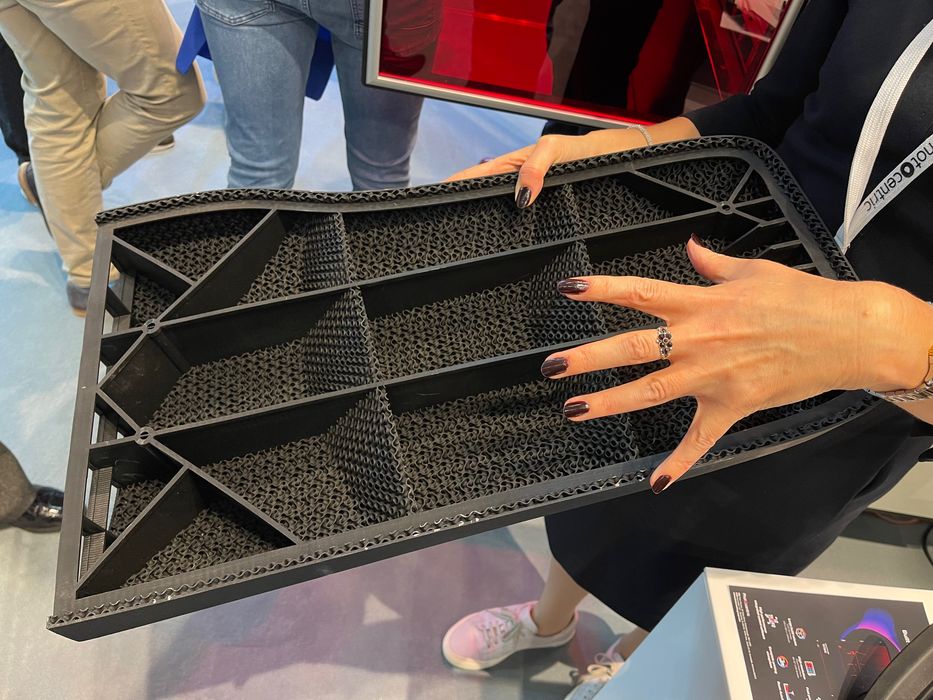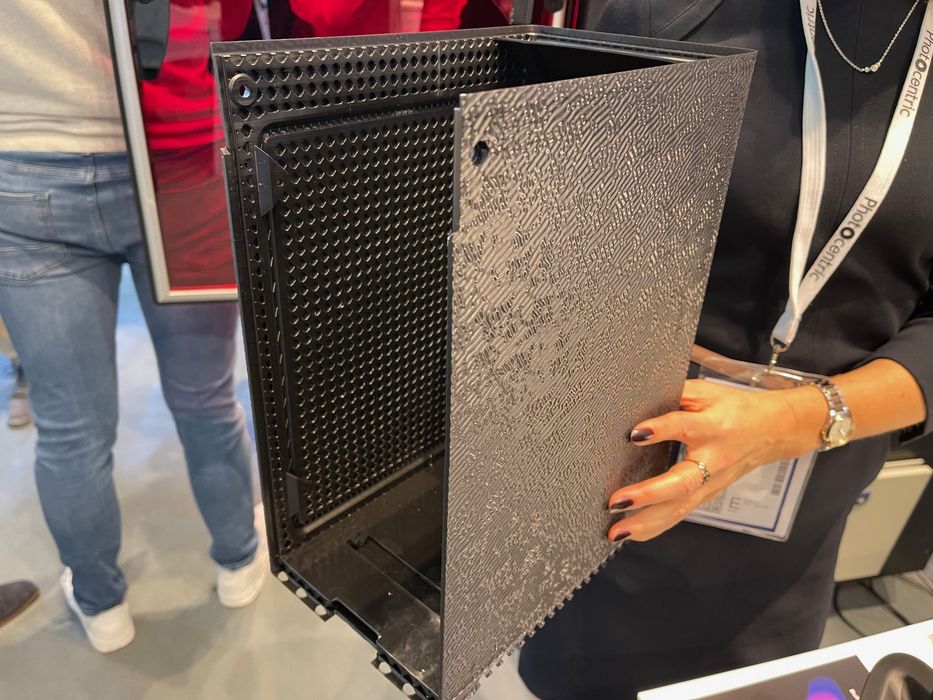
Photocentric is exploring what is probably a new niche in 3D printing: large part production with resin equipment.
The UK company originally manufactured resin, and still does, but some years ago began building their own resin 3D printers. These days they market a line of machines designed for production use, including the LC Magna, LC Opus and LC Titan. Their previous unit, the LC Maximus, is now replaced in the lineup by the Titan, which has better resolution.
All of these machines have one thing in common: they’re quite big. That makes them ideal for producing larger parts, or huge quantities of smaller parts printed in batches.
Photocentric 3D Print Services
During the pandemic the company found itself overloaded with equipment that wasn’t shipping due to the sudden slowdown of economic activity. They brilliantly decided to turn their inventory into a 3D print service, and it’s since become one of their key lines of business.
We’re told they now have a gigantic 3D print farm that includes 40ish LC Magna and 20ish LC Opus units, which is a considerable amount of printing capacity. It’s more than you think because Photocentric suggested they could tune the equipment to print in massive 0.35mm layer sizes for larger parts, dramatically shortening print durations.
One big advantage of a print service is that the operators have incredibly deep experience with the machines and materials. Individual companies starting out would not only have to learn how to run the equipment optimally, but also have to spend considerable time tuning the parameters to optimize the results for specific resin materials. That’s all done once behind the scenes at a print service, and customers simply take advantage of that expertise by ordering parts.
They’re providing 3D print services to industry for small to medium production needs. Unlike many competing services, the size of their equipment allows for the production of larger 3D printed parts, like the part shown at top.
There you’ll see a case cover with an intricate design on the interior, possibly for noise suppression.
That pattern is something that is unique to Photocentric. Previously they partnered with CoreTechnologie to enable them to produce highly textured 3D models. Many of the generated 3D models would be impossible to manufacture using conventional making methods like injection molding.

To demonstrate the capability here, take a look at this customized PC case, a large part that would require a hefty build chamber to produce. It’s fully textured, again something that’s difficult to make with other processes. One could imagine a business producing custom-textured PC cases on demand, with Photocentric’s 3D print service behind the scenes.
This is entirely possible, and could have analogous business models in a variety of industries.
Photocentric’s Sally Tipping explained that they have been working hard to grow services, and they intend on continuing to do so. They view low volume production as a growth market.
Their process is to work directly with customers, many of whom start with a conventional design made for injection molding. They can help the client adapt the design to take full advantage of 3D printing approaches, and of course make use of their unique texturing capability.
Tipping also indicated they have a ceramic 3D print service in addition to the polymer, which could be unique in the industry.
It’s quite incredible to see how this company has evolved over time to become a significant 3D print service using its own equipment, from one that until a few years ago, didn’t even have their own 3D printer models.
Via Photocentric
